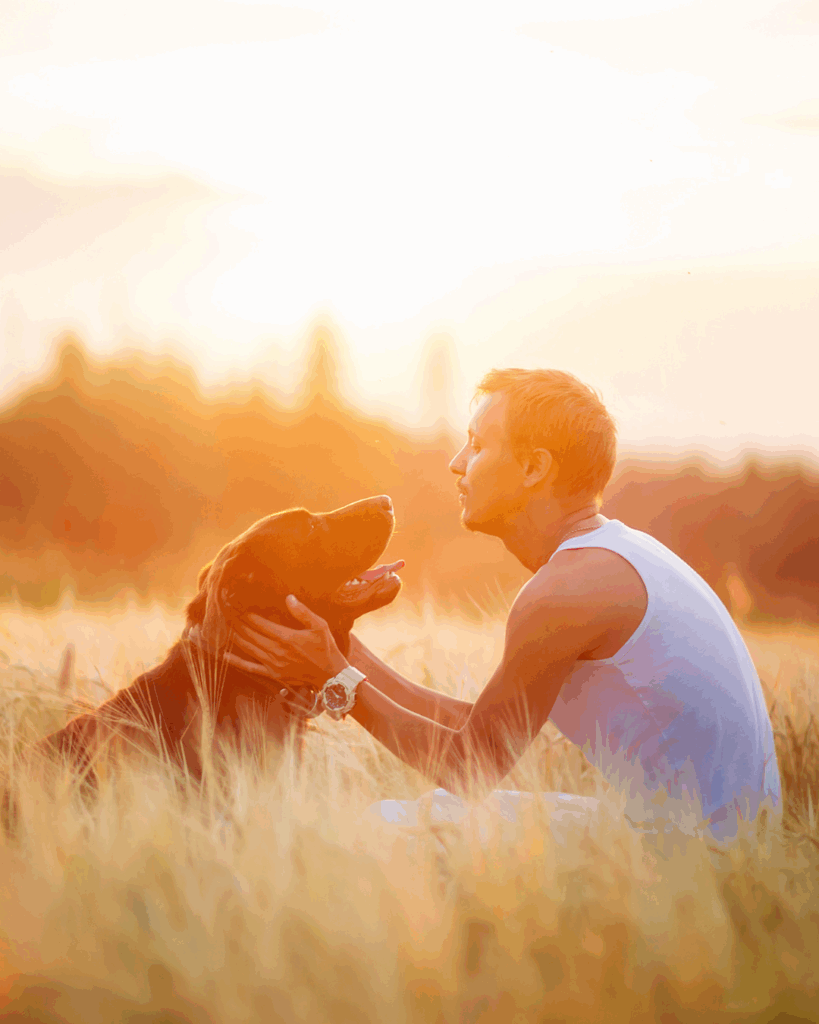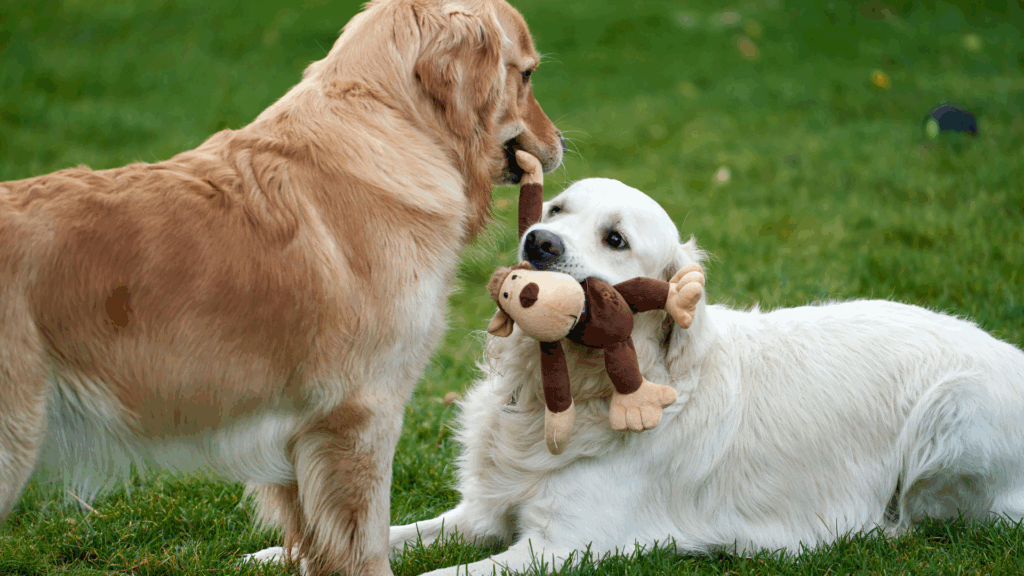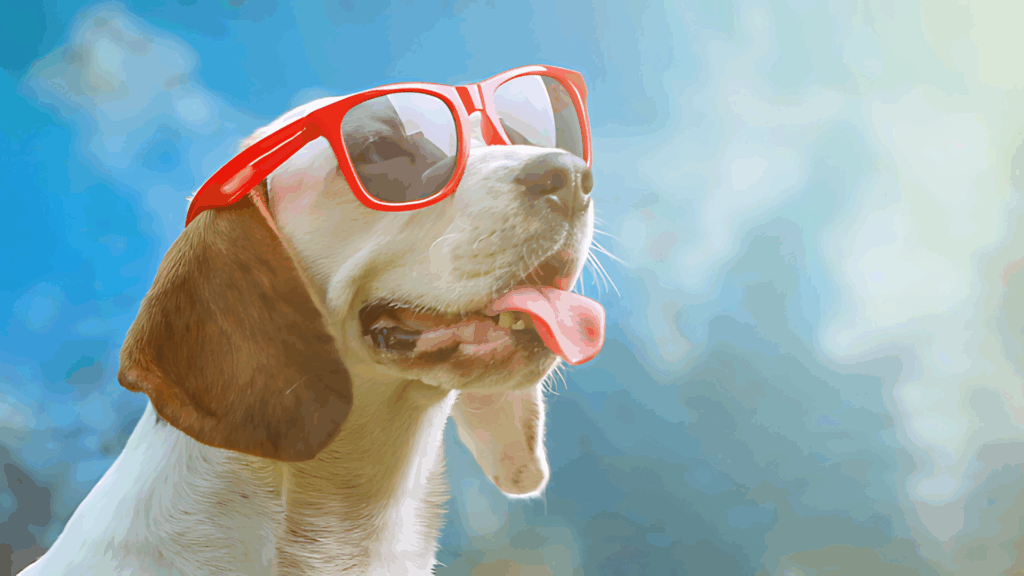WANT TO KNOW one of the most dangerous places to have an unruly dog?
Yup…on the stairs
I can’t count the number of injuries we have heard about, and heard from our clients because their dogs were not under full control around stairs.
We even had the unfortunate circumstance to have some of our clients have surgeries, and even one well-loved friend pass away from a stair incident with his dog.
Here is some advice we give our clients:
- we treat stairs like we do a normal walk…heeling right next to us
- use a leash
- keep the dog to the outside edge of the stairs and away from other people if possible
- if needed, teach a sit once you get to the top or bottom
We love our dogs and our clients too much not pass on this PSA





